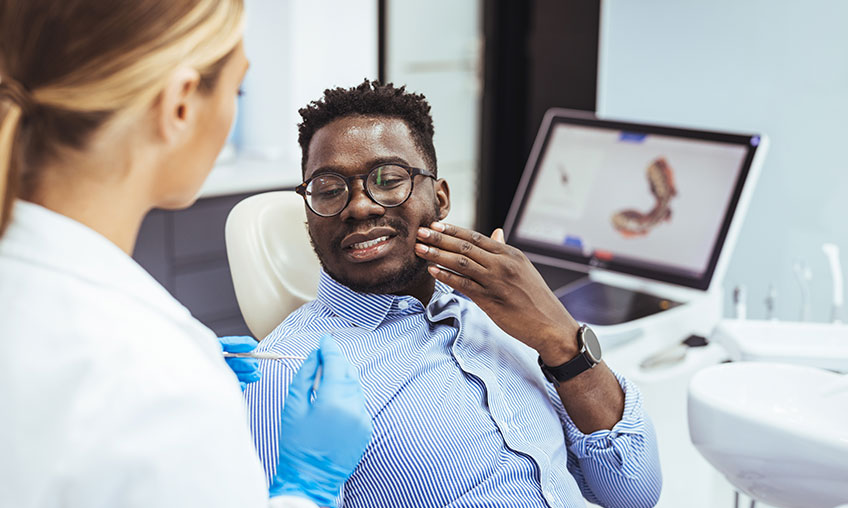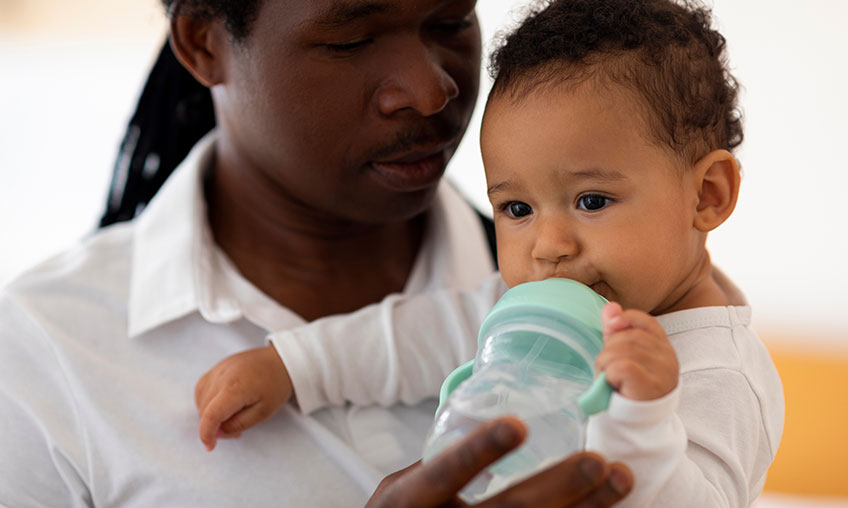As Valentine’s Day approaches, the opportunities for a sugar rush are endless — from conversation hearts to chocolate samplers to pink drinks with sugared rims, our countertops are awash in pink and sweets. But while it’s fun to enjoy these alongside your favorite person or romantic comedy, it’s also important to remember these oral health tips.
The bacteria in our mouths devour sugars found in candy and other sweets, creating acids that break down tooth enamel for as long as 20 minutes after you finish eating. Over time, this can lead to lasting tooth damage.
Some treats are worse than others. Hard candies, gum and lollipops are fun to eat, but their long-lasting nature causes more tooth-damaging acids to linger inside your mouth. Similarly, while chewy candies are quickly ingested, they can cling to your teeth for longer periods of time and cause further deterioration.
One particularly damaging culprit is sour candy. Due to the increased acidity in sour candies, experts warn that they can cause even more damage to your teeth and increase sensitivity.
Although this may seem like a lot of red flags, good preventive care and good oral health habits can help reduce the risk for oral health issues on Valentine’s Day and beyond.
First, try to limit the consumption of sweet treats outside of mealtimes. Your mouth increases its saliva production when you eat a full meal. By eating sweets in tandem with your meal, saliva can reduce the effect of acids and flush out any remaining particles from sugary snacks.
On top of that, eating a healthy diet and drinking water can also help promote good oral health. If you can, drink tap water that has added fluoride, which makes your teeth less susceptible to cavity-creating acids.
As always, brush twice a day and clean those hard-to-reach areas between your teeth using floss. But note that experts recommend waiting an hour after you eat an acidic food or snack before brushing your teeth. This allows your enamel to re-harden and makes time for saliva to naturally rinse your mouth of acids before scrubbing with a toothbrush.
Despite the red flags, it’s still possible for everyone to enjoy their favorite Valentine’s Day treats – or any day treats! – in moderation while protecting their teeth.
 Preventistry Pulse Image
Preventistry Pulse Image
PREVENTISTRY PULSE
The newsletter designed for anyone who wants to improve oral health for themselves, their families, customers or communities.




